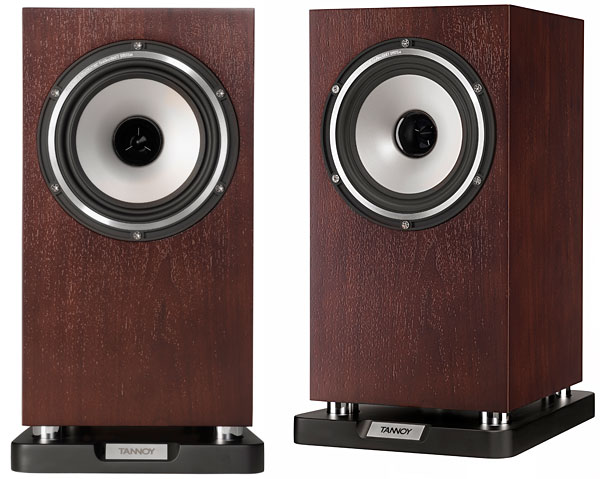

Prior to the mid-1970’s, studio monitoring was an extremely parochial and location dependent affair, with European state owned broadcast services and the American studio system exhibiting much more of an influence on monitoring standards than what we see in today’s market.įor the Americans, it was Altec/JBL-monitors renowned for their broad projection, low distortion and high SPL numbers (traits that would no-doubt parlay well into Hollywood post-production). While it might be a difficult thing to imagine this in the context of placeless modern DAW and VST based recording, rest assured, there was a time when these geographical differences were as clear as day and nowhere was this more apparent than in the very different monitoring approaches that typified the early days of American and British popular music and the effect this had on the recorded output of the era. It’s these kind of audible signatures that can be used to differentiate one piece of music from another at the production and geographical level. Things like guitar/synth tones, console/preamp choice (and availability), learned traditions in studio workflow and mixing style passed down from one engineer to the next, which create a sort of standardised, communal approach to some of the key considerations which go into the sound of a recording. Technologically, it’s in the access and implementation of certain instrument and recording technologies both homegrown and introduced, and the subtle effects these differing circuits have on the sonic output of a particular locale. Read all the latest features, columns and more here. Whether it be culturally, in the veritable melting pot of local and overseas musical traditions that inform all artists in their musical decision making process-these same signifiers which allow those with a discerning ear to instantly locate where a piece of music is from after just one listen.Īrchitecturally, it’s in things like ambient characteristics, room size and recording environment- factors in real estate and the open air that no doubt impart their sonic influence on proceedings, in turn affecting everything from the positioning of drum mics, to whether or not a live drum kit is even feasible in the first place- the general rule being the higher density the area, the drier/more in the box the recording practice will likely be.

It cannot be overstated the kind of massive sonic influence that geography plays in the conception, capture and playback of all recorded material. Words by Brett Voss A look into the speaker manufacturers iconic coaxial drivers.


 0 kommentar(er)
0 kommentar(er)
